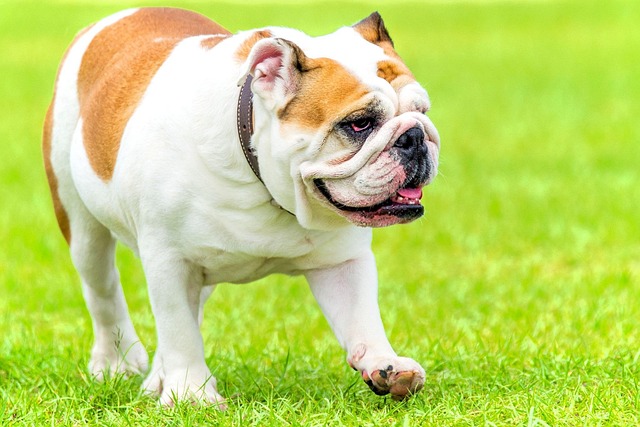
What Is the Best Training for an Aggressive Dog? Empathy-Based Methods
Aggression in dogs often stems from fear, not dominance. Empathy-based training transforms behavior by addressing root causes and building trust, not control.
Ever watch your Border Collie nudge a tennis ball around the living room or your Labrador retriever stare blankly at its scattered plush toys? Teaching your dog to pick up toys isn't just about neatness—it's a mental workout rooted in their natural instincts. Retrieving behaviors trace back to working dog breeds bred for hunting and herding, and harnessing this genetic predisposition can strengthen your bond while keeping your floors clutter-free.
Start by observing your dog's play style. High-energy breeds like Australian Shepherds often respond better to fast-paced clicker training, using a distinct "click" sound to mark desired behavior immediately followed by a high-value treat. For more laid-back canines, such as Bulldogs, short 5-minute sessions with gentle praise and tug-of-war games incorporating the toy can build motivation. A 2023 study by the American Kennel Club found that dogs trained with a combination of verbal cues and physical demonstrations learned commands 30% faster than those relying solely on treats.
When introducing the "pick up" command, use a consistent phrase like "fetch it" or "get your toy." Hold the item near your dog's nose, encouraging them to sniff and mouth it. As soon as teeth touch the toy, click (if using clicker training) and reward. Gradually increase the distance between you and the toy, rewarding each successful attempt. Some dogs may need extra encouragement—try smearing a bit of peanut butter (xylitol-free, crucial as this sweetener is toxic to dogs) or cheese on the toy's surface.
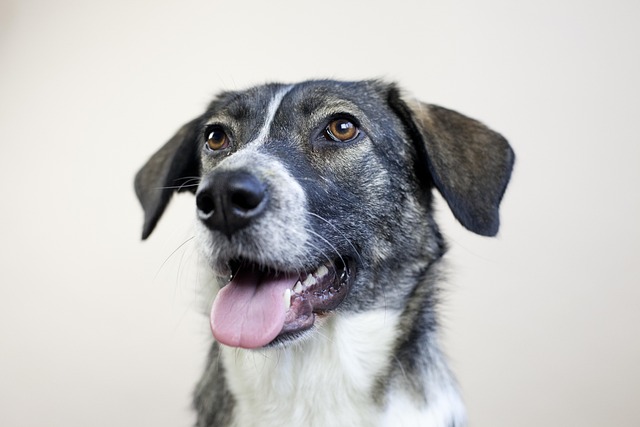 In the United States, many apartment complexes and HOA communities have strict noise and cleanliness regulations. Teaching your dog to tidy up toys helps avoid neighbor complaints and potential fines. In the UK, responsible pet ownership laws require keeping public spaces clean, making toy retrieval a useful skill for park visits. Always ensure training methods comply with local animal welfare guidelines—positive reinforcement techniques recommended by the ASPCA are not only effective but also protect your dog's mental well-being.
In the United States, many apartment complexes and HOA communities have strict noise and cleanliness regulations. Teaching your dog to tidy up toys helps avoid neighbor complaints and potential fines. In the UK, responsible pet ownership laws require keeping public spaces clean, making toy retrieval a useful skill for park visits. Always ensure training methods comply with local animal welfare guidelines—positive reinforcement techniques recommended by the ASPCA are not only effective but also protect your dog's mental well-being.
For stubborn pups, turn cleaning into a game. Hide toys around the room and initiate a "treasure hunt," rewarding each discovery with enthusiastic praise and a treat. This taps into their ancestral foraging instincts while reinforcing the connection between picking up toys and positive experiences. Remember, setbacks are normal—if your dog loses interest, end the session on a successful note and try again later. Puppies may take 2-3 weeks to master the skill, while older dogs might surprise you with faster learning if they've had prior obedience training.
As your dog progresses, introduce the "drop it" command for safe release of items. Hold a treat in your closed hand, offering it when they let go of the toy. Gradually phase out treats, replacing them with consistent praise. This two-step process ensures your dog understands the full retrieval cycle.
Training isn't just about commands—it's about communication. Notice your dog's body language; a tucked tail or ears flattened against the head signals stress. Adjust your training pace accordingly. By blending scientific methods with an understanding of your dog's breed traits and local regulations, you'll transform toy cleanup from a chore into a rewarding activity for both you and your furry companion.

Aggression in dogs often stems from fear, not dominance. Empathy-based training transforms behavior by addressing root causes and building trust, not control.
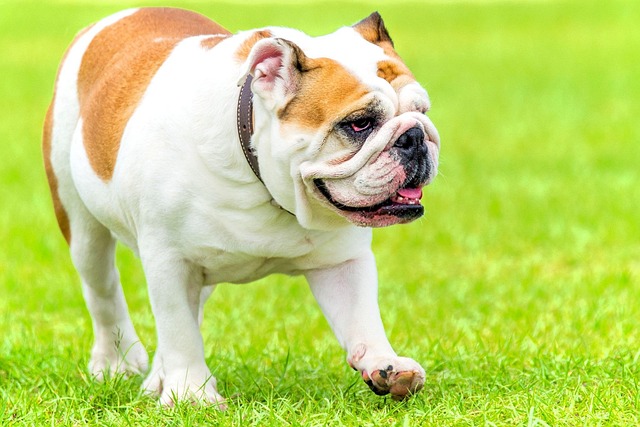
Wondering if your furry friend has what it takes to zoom through tunnels and leap over hurdles? It’s not just about speed and athleticism—though those help!

The excitement of watching dogs zip through obstacle courses makes every pet owner wonder: could my dog be an agility star? While the sport celebrates speed and skill, it’s not a one-size-fits-all activity.

Picture this: you're walking your rescue pup through a charming Boston neighborhood when a jogger approaches. Suddenly, your normally sweet dog lunges
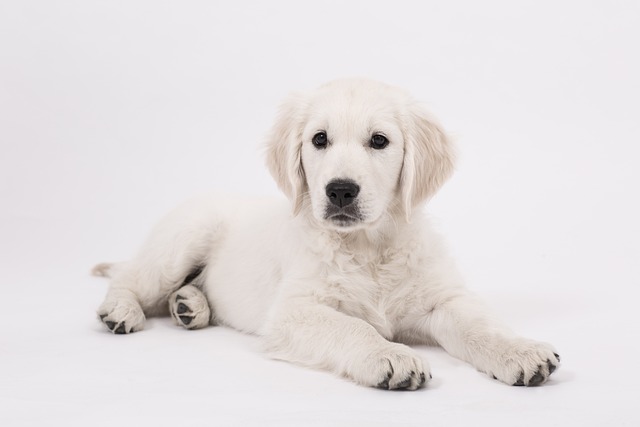
That sudden explosion of barking when the delivery driver approaches your porch isn't just jarring—it’s a natural alarm system gone haywire.
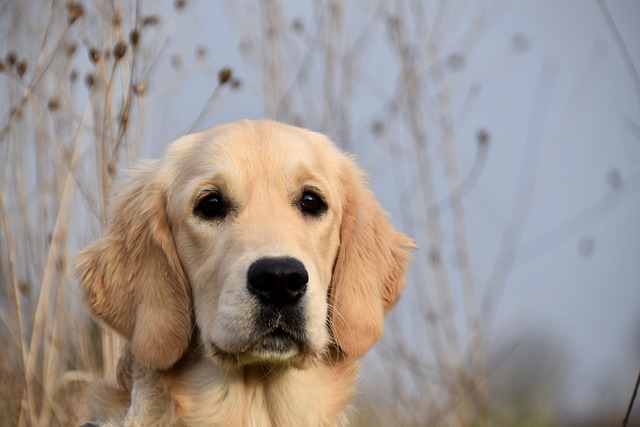
You’re standing at the front door, keys in hand, ready to head out for the day. But your dog’s whining and pacing make you hesitate